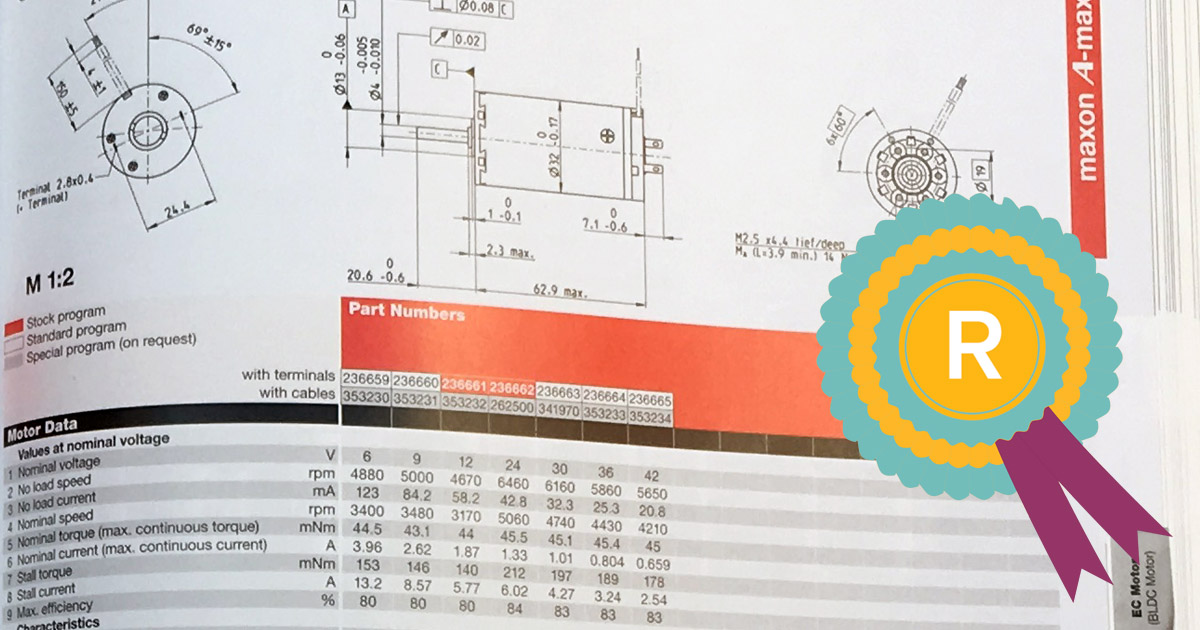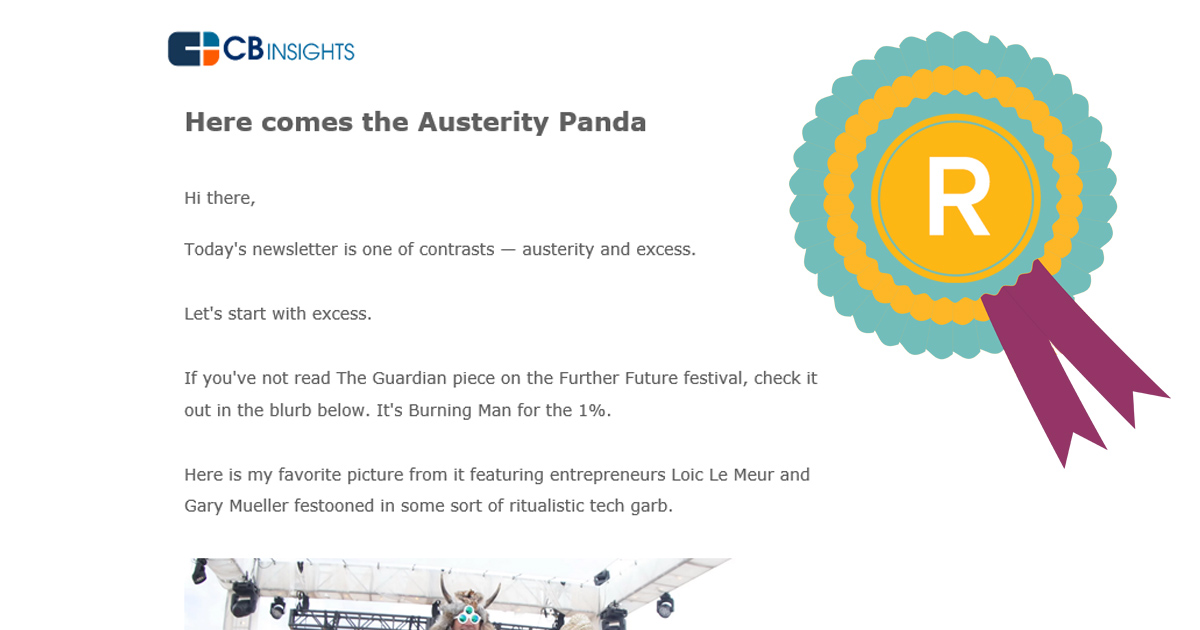Imagine you make the world’s best electric drives and motors. Your Swiss-engineered precision is legendary, and your powerful, high-value products are used everywhere a tiny motor must never, ever break.
Your customers make Formula One cars. Surgical robots. Sub-sea exploration drills. And you know that Mars rover that was supposed to work for 3 months, but lasted 15 years instead? Yup: loads of your kit on board.
Cool, huh?
But there’s a problem: legendary, Swiss-engineered precision does not come cheap. Or especially quickly. And sitting between you and every mouthwatering engineering project, there’s a purchasing person who doesn’t care two hoots about the longevity of your Neodymium magnets.
No, their KPIs are all about delivery schedules and cost – and there’s no shortage of bargain-basement competitors lining up to sell them an inferior product at a tempting price.
That’s pretty much the problem Maxon Motor faced. Right up until the company’s marketers did something really smart, that cemented the brand at the top of its market.
And at the heart of everything? A product catalogue.
Change the audience, change the outcome
The smart thing Maxon did was to stop trying to convince the purchasers, and talk instead to an audience that really does appreciate the value of a lighter, stronger, tougher motor.
Design engineers.
If you only engage with an engineering project at the buying stage, Maxon realised, a cheaper alternative will clobber you every time. But if you can convince an engineer to build you into their design? It’s a brave purchaser who’ll overrule the technical expert on such a crucial component for the sake of a few cents.
And even if Maxon is not specified overtly, a design based around the company’s motor specifications means that the purchaser now has to find a unit that can deliver this much power, in that tiny space, while reliably withstanding these conditions. Suddenly, you can count the competitors on one hand.
The trick is getting into that design phase – and that’s a content marketing challenge.
Enter the Maxon Motor catalogue.
Product catalogue as content marketing
The first thing you notice when you open a Maxon Motor catalogue (other than the terrifying thud as it almost crushes your desk) is just how little promotional product content there is – for a company with hundreds of thousands of modular combinations, anyway.
That’s because it’s not just a list selling products; it’s a selection guide. And it contains every formula, graph, schematic and circuit diagram a design engineer could possibly need when they’re specifying the right motor for their new product. Torque profiles are discussed. Thermal tolerances explained. Commutation options compared.
At one time, you’d barely see a product for the catalogue’s first 50 pages (Maxon has since shaken up the order a little, but the principle remains).
Because the second thing Maxon realised is this: Maxon’s engineers may live and breathe drives and motors every day, but a customer’s design engineer might specify a motor once a year; maybe less. They’ll have learned the theory at university, but even those who were paying attention will appreciate their memory being refreshed.
Picture the time-honoured content marketing Venn diagram: “stuff the customer is interested in” versus “stuff your brand knows about”. For Maxon, at the time a design engineer is specifying a high-precision motor (the key moment to influence), that diagram’s basically a circle.
You just have to get the content there at the right time. Which is why the format is so clever.
Content that pulls its weight
The Maxon Motor catalogue weighs a tonne. (I haven’t done the science, but I’m willing to bet it’s heavier than any of the products it describes.) For context, its page count is roughly the sames as Dickens’ Great Expectations.
That’s the genius.
Everyone hates to feel marketed to. And design engineers feel that aversion stronger than most. So when someone eschews a flimsy product showcase and sends you a big-off, serious-looking book, full of figures and diagrams? And it’s about something you need to know on a periodic basis?
First thing: the brand clearly gets you. These are people you can deal with.
Second thing: the book stays on your desk. There’s no way you’re losing something that useful. (Besides, think how many forests were beaten to death to bring it to you…)
The book’s size is precisely what enables it to put the content in the right place, at the right time. I have no idea how wince-inducing the postage is to send them out (not to mention the cost of translating 508 pages into eight different languages), but it’s worth every Euro.
And that’s not all. Maxon gives you the CAD drawing for every product in the guide. So when you know the specification you need, you pick up the file, drop it in place, and… BOOM. The design engineer’s life gets a whole lot easier, and suddenly the purchaser has to buy a motor the exact size, shape and capabilities of this Maxon motor. Neat.
You’d better believe this is great B2B content
The more B2B content marketing anchors itself at the mouth of the sales and marketing funnel, the harder it is for buyers to actually make a decision. That benefits nobody.
For years, Maxon Motor’s selection guide has quietly been aligning the brand with its most profitable target audience, by giving them the knowledge they most need, in a format that feels natural, and that customers are glad to receive and keep to hand. And Maxon has dominated its natural target market.
I can think of no more fitting nominee for our B2B Content Hall of Fame.



